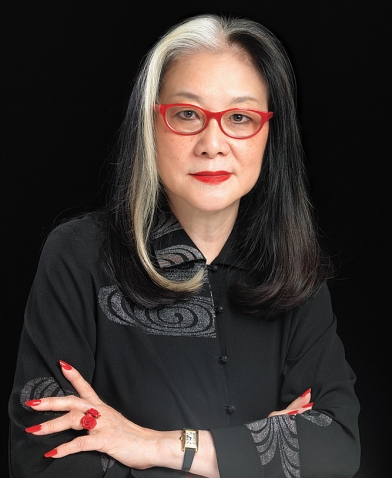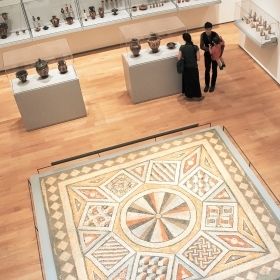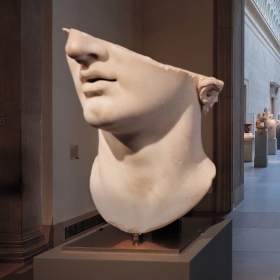As a young student in Kuala Lumpur, Malaysia, in the 1960s, Mee-Seen Loong ’72 didn’t know a career in art was possible. At home, “If you were any good at all, you became a doctor,” she says. She considered becoming a schoolteacher or a journalist. It was during her first year at Wellesley that her advisor suggested she take Art History 101, and her life’s course was forever altered.
“I took all the courses I could,” she says over tea at her Manhattan apartment. She also worked in the slide library, attending additional classes to assist professors with their lectures. She was tasked with giving the five-minute verbal warning that the slide was going to change during exams; “I’m sure the students dreaded my voice,” she says, laughing.
Mee-Seen’s passion for art led her to pursue a master’s degree in Far Eastern art from Columbia University. Soon after, a friend offered her a position in the newly emerging Asian art department at Sotheby’s. He asked her to commit to two years. She stayed on for decades, ultimately becoming vice chairman, Chinese works of art and Asian paintings. Today, she still consults at the venerable auction house, having had numerous executive roles and turning the department into the powerhouse it is today.
Mee-Seen’s career coincided with China’s economic boom and its explosion of collectors and artists. Working with some of the world’s most prestigious collections has been a true highlight of her career. “I feel fortunate to have had many moments of inexpressible joy in first seeing a beautiful work of art and especially in identifying a masterpiece,” she says. A small bowl stands out as one of her most exciting discoveries. Seen only from a Polaroid snapshot in 1989, it turned out “to be an exceptional imperial bowl of the Yongzheng period and fetched a heady HK$ 16.5 million, or $2 million at Sotheby’s in Hong Kong.”
In addition to a passion for precious objects, Mee-Seen also describes herself as a “groupie” who grew up with some of the remarkable young artists working in Asia in the early 1980s. “We had much in common,” she says. “A love of antiques and connoisseurship. It was rewarding to see the things and thoughts we pursued captured in their art.”
Her connoisseurship of Chinese ink painting led Mee-Seen to join the executive team at Beijing’s INK Studio gallery in late 2018, working with artists and collectors of Chinese ink drawings. Her love of the medium began as a student at Wellesley. “I have always been drawn to ink from studying with Professor Anne DeCoursey Clapp at Wellesley. It is the language of Chinese classical paintings,” she says. Mee-Seen curated INK Studio’s show Four Accomplishments in Ink, a collection of works by four great Chinese ink artists, which ran in New York in March.
When asked what a first-year Mee-Seen would think of herself now, she laughs, “A first-year Mee-Seen in the 1960s was preoccupied with music, young love, and the unraveling ends of the Woodstock era. She would be a bit taken aback or at least amused at the ‘mainstream’ and much tamer person I am today, but perhaps also happy that I have become a groupie of great artists and able to earn a living in the art field.”







We ask that those who engage in Wellesley magazine's online community act with honesty, integrity, and respect. (Remember the honor code, alums?) We reserve the right to remove comments by impersonators or comments that are not civil and relevant to the subject at hand. By posting here, you are permitting Wellesley magazine to edit and republish your comment in all media. Please remember that all posts are public.